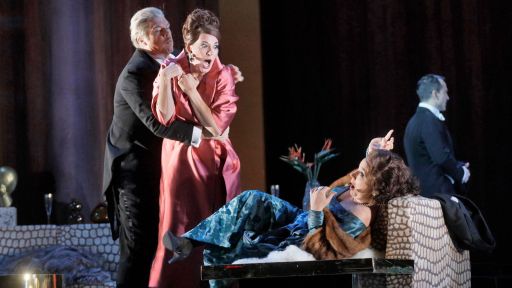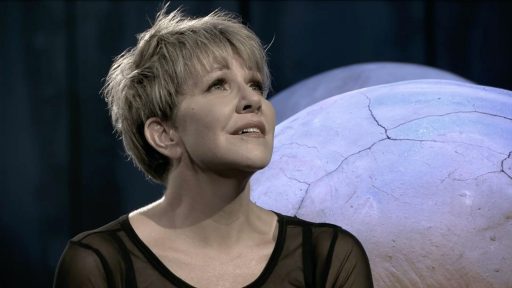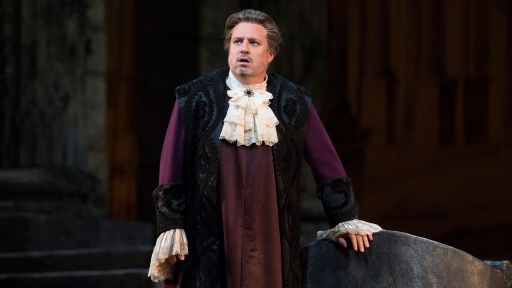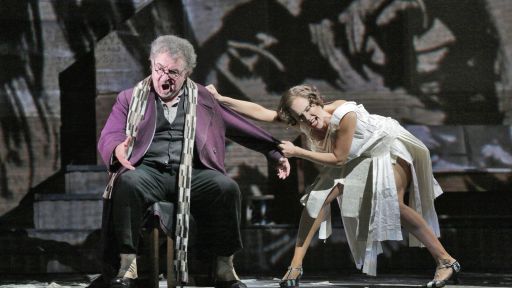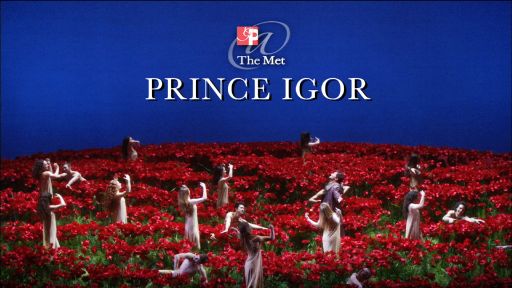TRANSCRIPT
[Instrumental music] THOMAS ADÈÈS: I first would have seen The Exterminating Angel along with a lot of other Buñuel films when I was in my early teens I expect when the BBC would have had a season of his films. I was just immediately drawn to the you know playful surrealism of it. I think that the film has a highly tuned sense of the absurd. I mean it's on one level a fairytale and that's very good for any composer, especially me, I like that well. It's also kind of a horror story as well.
Of course there are elements of horror in it and the dreamlike all of this feeds into music very naturally for me.
[Instrumental Music] TOM CAINS: The story of The Exterminating Angel is that a very well-off bourgeois family have been out for the evening at the opera and they've invited some friends back along with the leading singer of the opera and they arrived back to the house but while they've been travelling back from the opera, the servants of the house have decided that they can't really stay there that something is making them want to get out of that house. By the time the guests all arrive with the host and hostess the house is virtually empty apart from just a few people and they're baffled by this. They sit down and they begin to have dinner.
They leave that dinner and they go into the salon to hear one of their number give a piano recital and as that ends people make to leave it's time to go home it's quite late but each time they try to go they sort of turn around and speak to someone else again or someone calls them and they run over and a conversation starts up again and in this rather circular fashion you realize slowly but surely that no one's actually going anywhere they're not leaving the room.
Something's stopping them.
The main element of the set consists of a huge doorframe like a sort of threshold that you would have from one room into another. It's a very very exciting piece of scenery because it has its own internal mechanism so that it can float around the stage on its own in any way.
The costumes range from the late 1950s into the early 60s. I would say the main influence is the world of Balenciaga or Dior or the great couture designers.
THOMAS ADÈÈS: This subject I think has led to music which is appropriate for the different characters of the piece.
[Opera singing] I mean one of the things is all the characters on the stage think they're at a elegant party from for most of the first act, so the music needs to allow them to enjoy the party.
There are waltzes, there's melody there should be a feeling of kind of elegance and actually it's an expensive party. I mean it's supposed to be glittering.
But at the same time for the audience who kind of have a sense of what might be happening to them that they've entered a kind of vortex of horror without knowing it. The music has these kind of undertones and it pulls downwards toward these distortions.
[Instrumental music] TOM CAINS: It's I think very very accessible for a new piece of work. It's a complex score obviously but but thrilling.
[Instrumental music]

